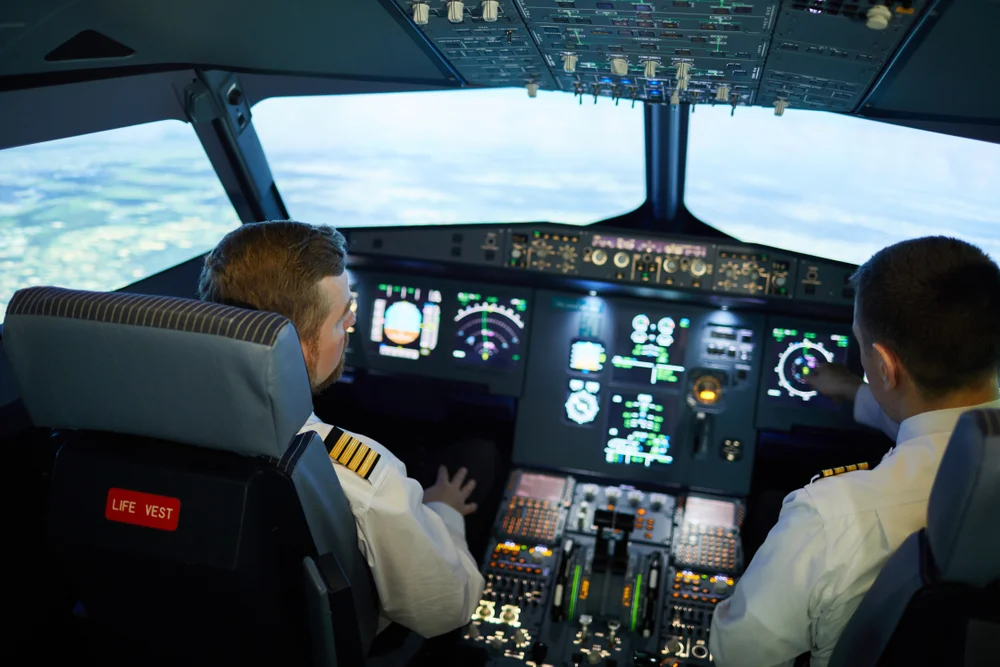Picture yourself on an airplane—seatbelt buckled, tray table closed—relying on the unseen magic of satellite navigation to deliver your plane to the destination safely. That trust has been well placed for decades. The Global Navigation Satellite System (GNSS), which incorporates GPS, humbly operates everything from air transport to ride-sharing to meal delivery. But recently, that invisible system has come under attack—and the effects are beginning to ripple through the skies, impacting not only pilots and passengers, but anyone who uses location services in everyday life.

GNSS jamming and spoofing may sound like the stuff of a science fiction thriller, but they are real issues—and they are occurring more frequently than you would probably imagine. Jamming is the sledgehammer approach: firing powerful radio signals that overwhelm the feeble signals emitted by satellites, which effectively neutralizes GPS as well as other navigation devices. Spoofing, however, is an ambush. Rather than jamming the signal, it impersonates one, emitting phony satellite data that deceives receivers into believing they are somewhere entirely else or perhaps even a different time altogether.
As described by technicians at GNSSJamming.com, spoofing does this by misleading navigation systems into locking onto an imposter signal, generating a false location or time. Picture your plane’s onboard system thinking it’s gliding smoothly over the ocean when actually heading towards rocky country. That’s not an error you’d like to experience in mid-air.
This isn’t speculation—it’s already transpired. In the past few months, civil aviation has been caught in the middle of an online war. In Lebanon, the jamming was so severe that a Turkish Airlines flight was forced to return after it was unable to land safely at Beirut. The Lebanese government went to the rare length of lodging an official complaint with the United Nations, charging Israel with jamming civilian navigation systems as part of its campaign to interfere with Hezbollah. It quotes one report saying, “The interference was so bad that a Turkish Airlines flight reportedly was unable to land in Beirut and was forced to return to its origin in Turkey.” The same has been happening over Turkey and Iraq, where pilots have experienced total GPS signal loss and have been compelled to resort to older navigation systems.
Why is all this being experienced now? That response is found in advanced warfare. The weapons of today—drones, missiles, smart bombs—depend to a great extent upon satellite navigation for targeting. Jamming those signals can be an effective method of disrupting an enemy’s targeting systems. Brian Weeden of the Secure World Foundation describes a method of defending against the increasing threat of unmanned weapons as an attack on GNSS. But the catch is that these techniques don’t only damage military equipment—they also target civilian systems, threatening commercial air travel and routine GPS use.
So what if GPS malfunctions in flight? Thankfully, pilots aren’t flying blind. Aviation still has a few layers of redundancy. Older systems such as VOR (Very High-Frequency Omnidirectional Range) and inertial navigation systems (INS) can guide planes to their destinations without satellite signals. But here’s the issue: as GNSS has become more accurate and widely adopted, airlines have leaned on it more, and those older systems are being used—and maintained—less. Clayton Swope from the Center for Strategic and International Studies notes that VOR stations are gradually being shut down because they’re costly to operate. Over time, we’ve put more and more of our navigational trust in GNSS.
And here’s the kicker. If a system is spoofed instead of being jammed, it could provide false information to the systems on the plane and even compromise the backups. As Brian Weeden explains, if your navigation system is secretly being given a wrong location, that tainted information can also lead the rest of the instruments astray. That leads to confusion in the cockpit at the moment when it matters most.
All this amounts to a new kind of turbulence—one that’s invisible to travelers but very troubling to aviation professionals. The more our lives rely on satellite navigation, from shipping to rescue services to dating sites, the greater the risks are. It is not a matter of getting from A to B. It is a matter of ensuring the systems that we rely on to keep us safe and connected are themselves trustworthy.
In a world of growing electronic warfare capabilities, defending those systems is more important than ever. Whether you’re flying halfway around the globe or just trying to locate your next cup of coffee, we all have a vested interest in keeping that invisible magic in the air safe and intact.
